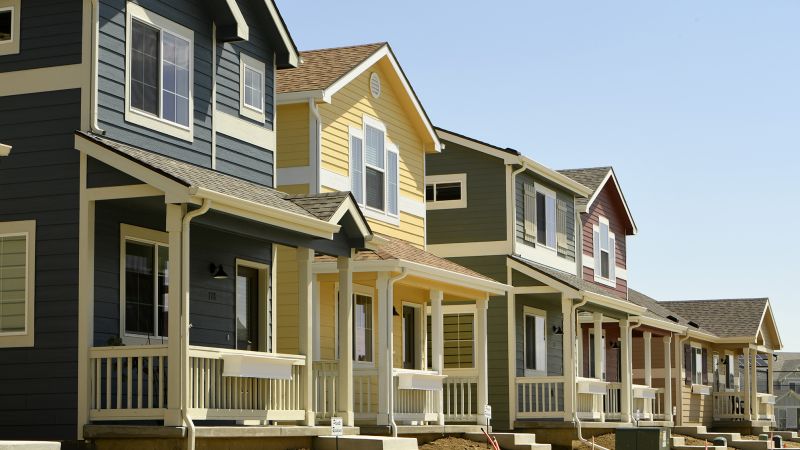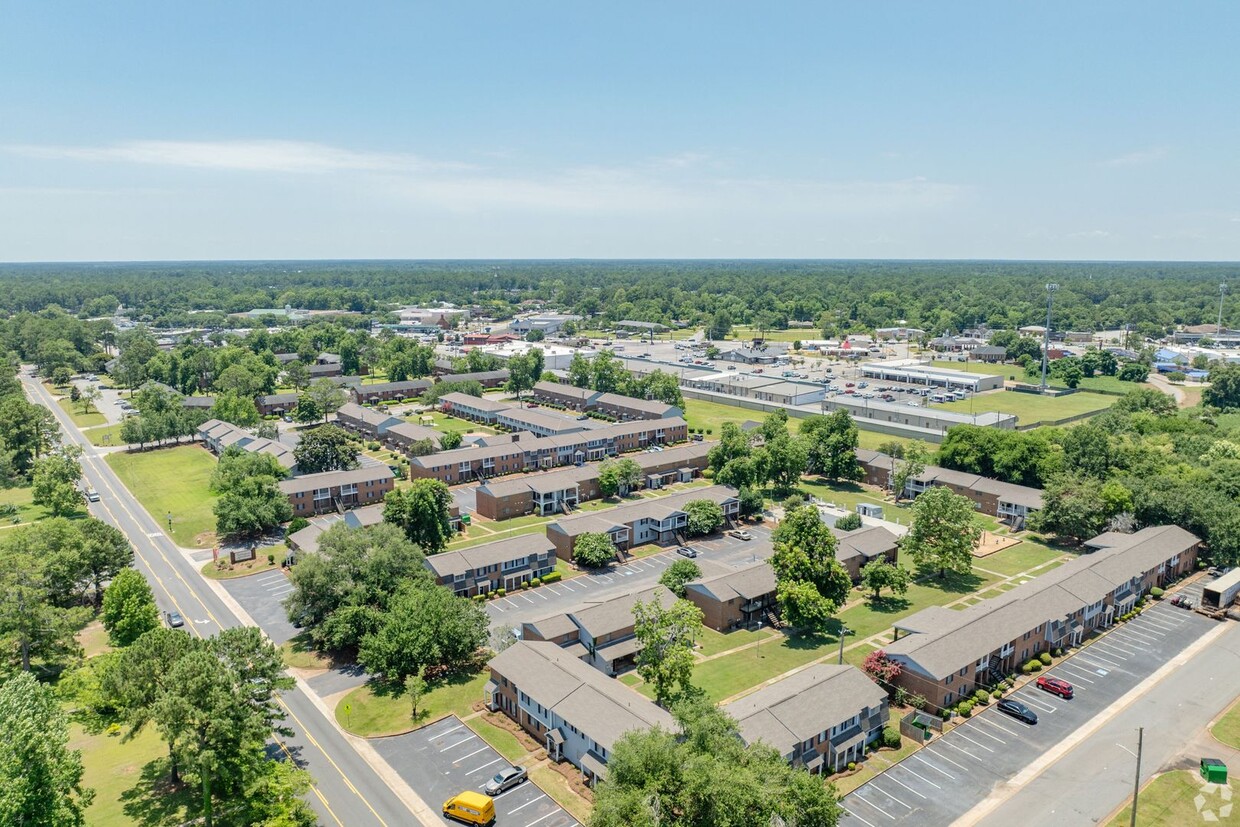Multifamily Market Update + Where to Find Deals NOW Part 1
Are class apartments are on the rise ? and is this what tenants actually want?
How does multifamily fit into the bigger picture and how does this impact single family buy and hold landlords? Today we are discussing the state of multifamily and its general impact on the housing market at large.
Let’s focus on the state of multifamily and what is actually going on in this asset class. We’re gonna discuss what is going on in multifamily investing and its impact on residential real estate. We’ll talk about markets with oversupply and markets where there’s going to be some opportunity in multifamily. And finally, we’re gonna talk about affordability and the harsh reality of new construction and multifamily and what impacts that has on the market overall.
So let’s start with explaining the big differences between commercial and residential real estate? Commercial real estate encompasses office industrial, retail and housing. But housing in the form of multifamily, you’re thinking 20 plus unit buildings, 40 plus, the large investible universe. That’s really the biggest difference when you’re thinking from an investment perspective is yes, there’s plenty of single family and small multifamily to invest in, but we’re talking large scale, more corporate level investing.
Most investors mainly invest in small to mid sized multifamily and there’s trends that if the economy is incredibly stressed, then typically both of those investment types will be stressed. You’ll see residential hurt, you’ll see real commercial real estate be affected by that as well.
Right now the smaller multifamily market is very tight. There hasn’t been a tremendous amount of activity, very high prices. And what that has done, it’s actually boosted the demand for multifamily housing the prices are out of reach given financing costs, and where interest rates are given just the pricing of a lot of these homes, then we stay in multifamily. So it acts as a demand boom or boost for, for multifamily. There is a relation there on the demand side. And then even on the supply side, you’ll see moments where multi family new permits are going through the roof and that’s pulling some of the capital away that would go into other parts of real estate, commercial real estate. So there are relations, sometimes there are relations that work in opposite directions and other times very similar directions.
So if the housing market is tight and more people are living in apartments, how is that affecting rent growth today?
This is a market where supply and demand matters. And so we’ve seen a tremendous amount of supply growth and multifamily family over the last really two and a half years and a lot of that stemmed from a tremendous amount of investment pre pandemic. Then early in the pandemic period when there was just a tremendous amount of wealth and and capital, it was pouring into multifamily and a lot of those properties are now being delivered. And so even though demand has held up reasonably well because of the tight single family market supply has just been that much larger. And we actually saw rent decline subtle, but rent declines in 2023 and flatness to start 2024. We think we’re just starting to see rent growth in the second quarter data now for 2024 so we’re seeing that the supply demand market is becoming more in balance and a little bit of rent growth is returning. There was so much record rent growth just over the past few years that maybe that’s a good thing.
Coming up in Part 2 – Is there a temporary hit to class B as the property owners trying to get more folks in class A properties ?
Bottom Line
Multifamily real estate presents a promising investment opportunity. However, determining the profitability of such investments and understanding the various financing options available is vital to success in this arena. You may want to consider investing in multifamily properties for a number of reasons, including portfolio growth, the high demand for housing, the various available financing options, cost efficiencies and passive income creation. However Investments in Multifamily housing can be very tricky. Don’t venture down this road alone We live it and breath the industry. At SIMM Capital our investment strategy is to give everyone the chance to build wealth through real estate. We seek the best assets that hold the largest opportunities while delivering in rent growth year over year. We know the business. To see how we can help you with your Real Estate investments talk to an expert and click the link www.simminc.com




Recent comments